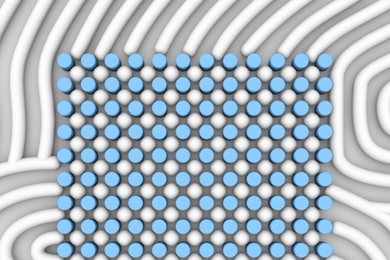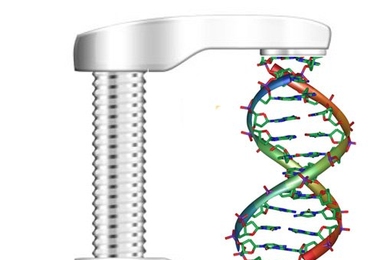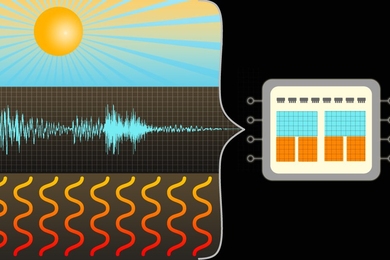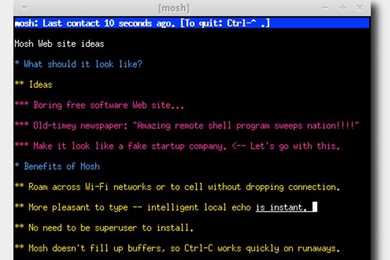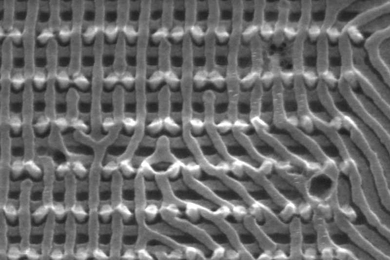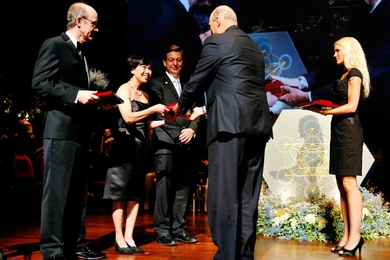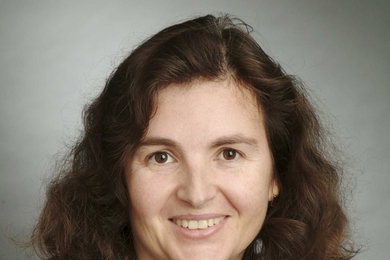Department
Electrical Engineering and Computer Science
Research update: Chips with self-assembling rectangles
New technique allows production of complex microchip structures in one self-assembling step.
Berger named ISCB fellow
Applied mathematics, computer science professor honored for contributions in computational biology and bioinformatics.
Lessons learned from MITx’s prototype course
As the team behind MIT’s ambitious online learning program gears up to introduce new courses in the fall, it takes stock of its initial experiences.
Searching genomic data faster
Biologists’ capacity for generating genomic data is increasing more rapidly than computing power. A new algorithm will help them keep up.
New chip captures power from multiple sources
System developed at MIT could combine power harvested from light, heat and vibrations to run monitoring systems.
Sharing data links in networks of cars
A new algorithm lets networks of Wi-Fi-connected cars, whose layout is constantly changing, share a few expensive links to the Internet.
Communication scheme makes popular applications ‘gracefully mobile’
New MIT software keeps tens of thousands of people logged into remote computers from mobile devices, but the underlying technology could improve a host of other programs.
Teaching self-assembling structures a new trick
MIT researchers produce 3-D configurations that could lead to new microchips and other devices.
System improves automated monitoring of security cameras
New approach uses mathematics to reach a compromise between accuracy, speed.
Dresselhaus, Graybiel, Luu receive 2012 Kavli Prizes
Biennial prizes in astrophysics, nanoscience and neuroscience include a $1 million cash award in each field.
MIT, Intel unveil new initiatives addressing ‘big data’
An Intel research center based at MIT will be the cornerstone of a new research project dubbed ‘bigdata@CSAIL.’
Daniela Rus named CSAIL director
EECS professor to become new leader of MIT’s largest interdepartmental laboratory.
New mathematical framework formalizes oddball programming techniques
Loop perforation — speeding up programs by skipping instructions — is just one method that gets rigorous mathematical treatment in a new paper.

